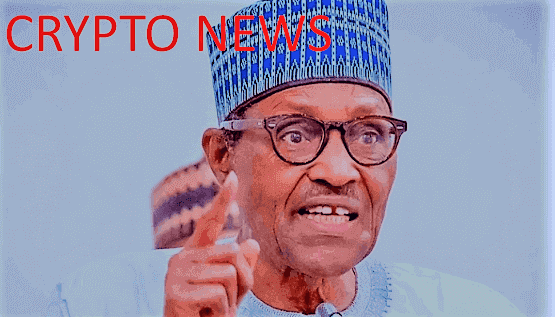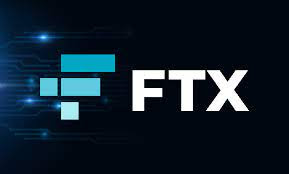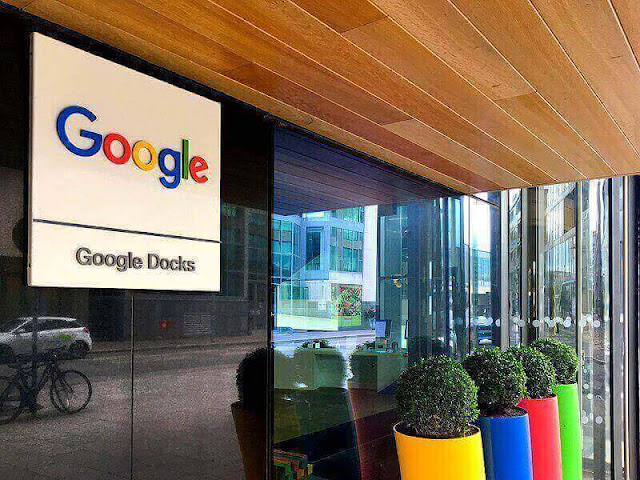EXPLAINER: Seven bridges were built with tax credits, and bonds under Buhari
 |
| Muhammadu Buhari, President of Nigeria. |
To cushion the infrastructure financing gap in Nigeria, the administration of President Muhammadu Buhari has devised tax strategies by using tax credits and bonds to finance the redevelopment of bridges on federal highways.
In 2018, the administration established the Presidential Infrastructure Development Fund (PIDF) aimed at quickly pursuing the completion of critical infrastructure projects.
In January 2019, Buhari signed Executive Order 7, which establishes the Tax Credit Scheme for the development and renovation of road infrastructure for corporate income tax.
This credit scheme aims to attract the model of financing public-private partnerships in the construction of roads in Nigeria. Through this scheme, the funding of the infrastructure comes from Sukuk Bond.
Under the two financing models above, about seven bridges have since benefited: the second Niger Bridge, the Ibi Bridge, the rehabilitation of the third continental bridge, the Ikon Bridge in the cross river, the Loko-Oweto Bridge, the Kashimbila-Takum-Chanchangi Bridge, and the Bodo-Bonny Bridge.
Built with the main purpose of reaching from one side of one hurdle to the other, some of these bridges have been completely completed, some are still under construction and The rest has yet to be completed, according to findings from Business Day.
Second Niger Bridge
The second Niger Bridge in Onitsha, Anambra State, was in progress from 1976 to September 1, 2018, but serious construction work began under Buhari's administration and was completed in 2022.
To resume work on the project website, the Buhari government created the PIDF in 2018 and issued a new contract for Julius Berger.
The 1.63-kilometer bridge, which stretches over the Niger River, connects Asaba, the capital of Delta, and Ogbaru, Anambra State. It has adjacent roads from Oko Amakom in Delta State to the bridge and from the Onitsha end of the bridge to the Obosi interchange, which brings the total distance to about 12 kilometers.
Once completed, the bridge will ease the flow of traffic, improve road safety and create greater opportunities for the inhabitants of the area by promoting the commercial viability of the immediate area and regenerating economic life.
Ebi Bridge
The Ibi Bridge will be built under the public-private partnership structure and will link Taraba to Bauchi, Nasarawa, and Plateau.
It is a 2.3-kilometer access road with an 8-kilometer access road that was granted by the federal government in 2020 at a cost of N57 billion and is expected to pave the way for the educational and economic development of taraba state in northeastern Nigeria.
Third Mainland Bridge Rehabilitation
The Third Land Bridge is the longest of the three bridges linking Lagos Island to the mainland and is known for its heavy vehicular traffic on weekdays. The bridge is an integral part of the daily commute in Lagos and as such is in constant need of renovation.
The 11.8km bridge was rehabilitated during the Bukharai administration, with about N4 billion spent on renovation and maintenance as part of the project financed with a Sukuk bond.
It was built in 1990 for $1 billion and was previously the longest bridge in Africa, but since then it has been overtaken by the October 6th Bridge in Cairo.
Ikon Bridge in Cross River
The Ikon Bridge is a two-lane bridge of 1.5 km, which is located on the border between Nigeria and Cameroon in Ekot-Mfum, Etung Local Government Area (LGA) in Cross River State.
The Mfum/Bermenda Highway in Nigeria connects the Etung LGA from the Cross River to Bermenda in southern Cameroon. The bridge was built over 60 years ago under the military government of Yakubu Gowon.
Reports show that the construction of the bridge began on April 28, 2017, and was completed in March 2021 at the cost of N35.9 billion, financed under Sukuk sovereign bonds.
Once completed, the bridge is expected to strengthen relations between the two countries and improve cross-border security.
Loko Oweto Bridge
The Loko-Oweto Bridge, a project funded by Sukuk bonds, crosses the Benue River in the southern region of the country. It connects the regions located in the north and south.
This bridge has a total length of about 1,835 meters and consists of 20 conventional 85 meters of interior openings and two spans of 67 meters.
The Loko-Oweto Bridge construction contract was awarded to R.C.C. Nigeria Limited on November 2, 2011, with an initial completion estimate of 48 months, but as of 2018, it was reported to be 91 percent completed and scheduled to be commissioned in March 2023.
Kashimbela Thakum Chanchangi Bridge
The Federal Ministry of Works and Housing has allocated about N66.98 billion for the rehabilitation of the 91.94-kilometer Kashimbila-Takum-Chanchangi bridge in Taraba state, which is still under construction and financed by the Sukuk bond. The bridge was built earlier during the military era as an alternative bridge for use by motorcyclists and pedestrians.
Bodo Bonny Bridge
The Bonny-Bodo Bridge and Road is a 39 km road project that will connect Bonny Island to the Ogoni community of Bodo on the mainland of Rivers State. It has two major bridges at Okpobo and Nanabie.
It runs through four LGAs in the Rivers State.The bridge project was first conceived around 1978, more than 40 years ago.
The project, which is under construction, is funded by Nigeria LNG Limited under the Federal Government Tax Rebate schemes and is estimated to cost N200 billion.



